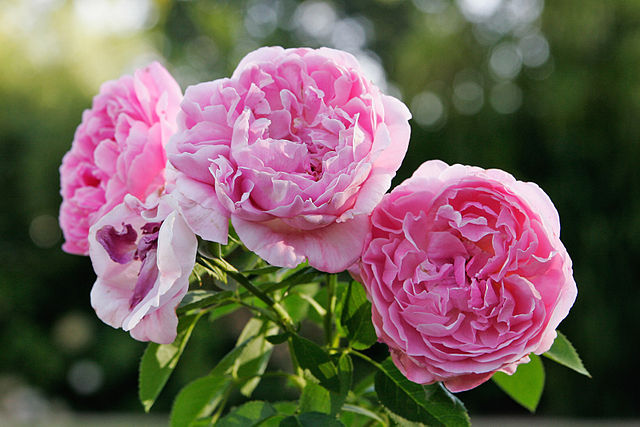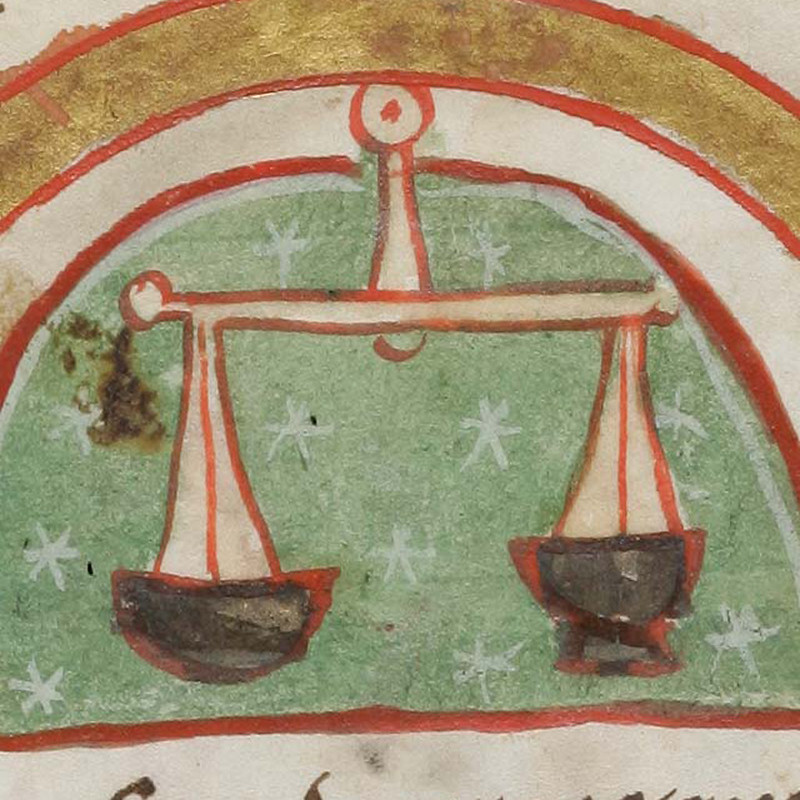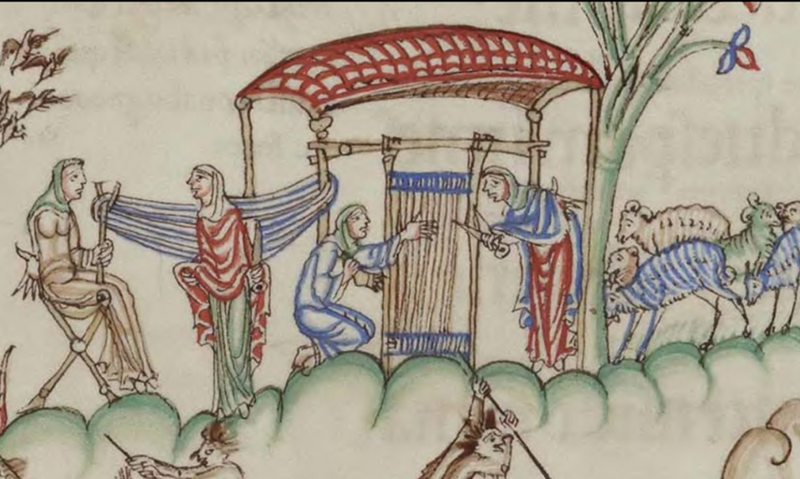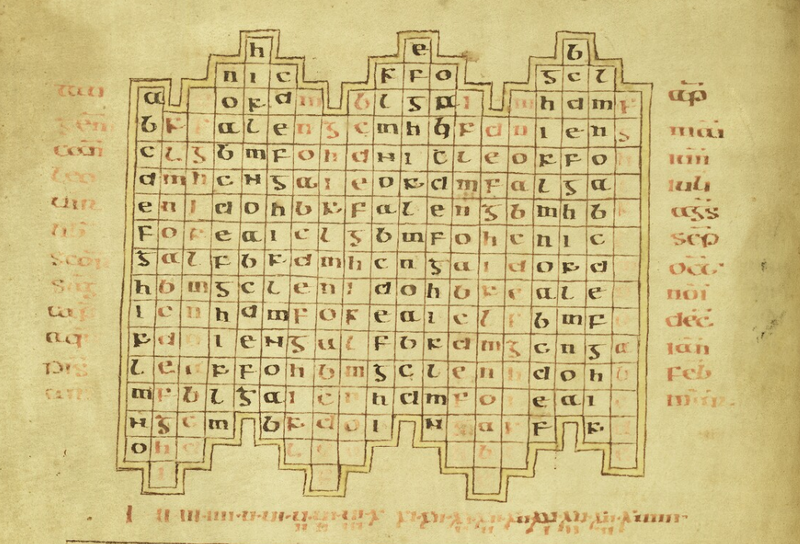Commentary for Bern Riddle 50A: De charta
NEVILLEMOGFORD
Date: Wed 31 Mar 2021Matching Riddle: Bern Riddle 50: De vino
Matching Riddle: Bern Riddle 50A: De charta
I had a pun saved up for this commentary, but unfortunately it was too tearable to use. Feel free to groan!
With that fantastic pun out of the way, I can introduce the second riddle on papyrus in the collection. The first, Riddle 27, focused on the plant and its use as a lamp wick, whereas this one is all about the use of papyrus as a writing material. It only appears in one copy, a 9th century Italian manuscript that also contains riddles by Symphosius and Aldhelm (Berlin, Staatsbibliothek, Philipps 1825).
As I explained in my commentary to Riddle 24, parchment was the preeminent writing material during the early European Middle Ages. Paper made from wood was used prolifically in China from the 4th century CE, and it had spread to the Islamic Middle East and North Africa by the 8th century, but it was not produced in Europe until the first paper mills were built in Spain in the 12th century. Papyrus was used extensively by the ancient Romans and Greeks, but it was gradually replaced by parchment. Pliny, writing in the 1st century CE, gave a detailed explanation of papyrus production. He summarises it thus:
Texitur omnis madente tabula Nili aqua: turbidus liquor vim glutinis praebet. in rectum primo supina tabulae schida adlinitur longitudine papyri quae potuit esse resegminibus utrimque amputatis, traversa postea crates peragit. premitur ergo prelis, et siccantur sole plagulae atque inter se iunguntur, proximarum semper bonitatis deminutione ad deterrimas.
Paper of all kinds is ‘woven’ on a board moistened with water from the Nile, muddy liquid supplying the effect of glue. First an upright layer is smeared on to the table, using the full length of papyrus available after the trimmings have been cut off at both ends, and afterwards cross strips complete the latticework. The next step is to press it in presses, and the sheets are dried in the sun and then joined together, the next strip used always diminishing in quality down to the worst of all.
Pliny the Elder, Natural History, Book 13, pages 143-4.
Isidore of Seville, writing in the early seventh century, also included a much shorter description of papyrus sheets in his Etymologies (Isidore, page 141). As we will see, it is possible that the riddle-writer drew on Isidore or Pliny when constructing this riddle.
The first two lines of the riddle describe the processing of the papyrus as an extremely violent act of destruction, which nevertheless results in the creation of something new. First, the speaker is “torn apart” (divelli) from the limbs of her mother (note that papyrus can be a masculine or feminine noun), just as the pith is stripped from the papyrus plant. Then she is “mutilated” (truncata), as the pith is cut lengthwise into strips. Finally, she is reassembled into something “larger” (maior); this alludes to the gluing together of the strips to create a papyrus sheet.

“A papyrus sheet of the Gospel of Matthew. Probably from Egypt, 3rd or 4th century. Photo (by University of Michigan, Ann Arbor Library) from Wikimedia Commons (public domain).”
Lines 3 and 4 juxtapose the two states of the papyrus, as a plant and as a sheet, which they link together with the idea of virginity. The plant-mother is intacta (“whole, intact, virgin”) when she has not yet been stripped of its pith; the sheet is virgo (“virgin”) when she has not yet been written on. Line 5 continues this theme, framing the stripping of the papyrus pith as a transition from wholeness to division, and the gluing of the cut papyrus sheets as a movement back to wholeness again.
The final line, which mentions a “liquid” (liquida) that the papyrus sheet keeps “secure” (secura) in its “limbs” (membra), refers to papyrus’ absorbent properties, and particularly in respect of the ink that it holds on its surface. It may be a reference to Isidore’s note that papyrus sheets “drink liquid” (Etymologies, page 141). Or it may have in mind a remark by Pliny that “on account of the sponginess of the papyrus, it [i.e., the papyrus strip] sucks up the ink” (glutinamentis taenea fungo papyri bibula (Pliny, pages 146-7)).

“Cyperus papyrus in Parc floral de Paris. Photograph (by Liné1) from Wikimedia Commons (licence: CC0 1.0)”
I think it is fair to say that this riddle is rather sedate and transparent when compared to many other Bern Riddles. It focuses on the process of constructing the papyrus sheet, which it describes in terms of violent birth, separateness, and wholeness. Since it only appears in one manuscript, we are entitled to ask whether it truly belongs to the collection. Given that it uses the same vocabulary and themes found in other riddles, I think that it probably does. For example, the verb reddere (“to return”) in line 2 looks back to the final line from the previous riddle. Likewise, the phrase firmis plantis (“with firm shoots or feet”) is also used in Riddle 10 to describe a ladder, and this also prefigures the reference to plantae in the next riddle. However, although it probably does belong in the collection, we should not paper over the differences either!
References and Suggested Reading:
Isidore of Seville. The Etymologies of Isidore of Seville. Edited by Stephen A. Barney, W. J. Lewis, J. A. Beach and Oliver Berghof. Cambridge: Cambridge University Press, 2006.
Pliny.
Pliny the Elder. Natural History, Volume III: Books 8-11. Translated by H. Rackham. Loeb Classics 353. Cambridge, Mass.: Harvard University Press, 1940.
Tags: latin Bern Riddles
Related Posts:
Bern Riddle 24: De membrana
Bern Riddle 27: De papiro




















Commentary for Bern Riddle 50: De vino
NEVILLEMOGFORD
Date: Wed 31 Mar 2021Matching Riddle: Bern Riddle 50: De vino
Matching Riddle: Bern Riddle 50A: De charta
Wine was a popular subject for early medieval Latin riddlers. You could say that grape minds think alike! There are two other Bern Riddles on grapes (13) and wine (63), and Symphosius wrote two wine riddles (Nos. 82 and 83), Aldhelm wrote riddles on a wine cask (78) and wine goblet (80), and the Lorsch riddler wrote a riddle about a cup of wine (5). If we believe what we read, wine was also a popular drink with at least one riddler. Symphosius, writing at some point between the third and fifth centuries, tells us that he told riddles during a Saturnalian party cum streperet late madidae facundia linguae (“whilst the eloquence of a tipsy tongue rambles extensively” (Symphosius, page 39)).
Lines 1, 2, and 3 combine the motifs of the unconventional birth and parental self-sacrifice that we have seen in previous riddles. They look back to Riddle 13, which described grapes as the children of the vine, who are then killed to produce wine. Here, the grapes are presented as the “countless mothers” (innumerae matres), who are killed after receiving “many wounds” (multa vulnera) during the crushing stage of the winemaking process. Only through the “death” of many grapes can the wine be born.
Lines 4, 5, and 6 shift the focus to the power that the wine has over those who drink it. This is a common trope in riddles about alcohol. Riddles are frequently interested in temporarily overthrowing and subverting the status quo. Because wine has the power to temporarily overcome the faculties of the humans who chose to consume it, this makes it the perfect riddle subject. For example, in Riddle 13, excessive drunkenness becomes a form of revenge for the dead grapes– in my commentary, I punningly called it “the wrath of grapes.” Riddle 50 continues to play on this theme, explaining that the wine can only “harm” (iniqua reddere) those who love it, but that it has no power over everyone else. Thus, the story of revenge from the previous riddle is itself turned on its head. I have said in a previous commentary that the Bern Riddles love to talk to each other. We often think of riddles as monologues—a single speaker gives us clues about its identity—but Riddle 50 shows that they are frequently at their best when read as a dialogue. Anyway, what a corking riddle!
References and Suggested Reading:
“Aenigma Laureshamensia [Lorsch Riddle] 5” in Tatuini Opera Omnia. Edited by Maria De Marco. Corpus Christianorum Series Latina 133. Turnholt: Brepols, 1958. Page 351.
Aldhelm of Malmesbury, “Enigmata 78 and 80.” In Rudolph Ehwald (ed.), Aldhelmi Opera, MGH Auctrorum antiquissimorum 15. Berlin: Weidmann, 1919. Pages 127-29. Available here.
Klein, Thomas. “Pater Occultus: The Latin Bern Riddles and Their Place in Early Medieval Riddling.” Neophilologus 103 (2019), 339-417, page 404.
Symphosius, “Preface” in The Aenigmata: An introduction, Text, and Commentary. Edited by T. J. Leary (London: Bloomsbury, 2014). Page 39.
Winterfeld, Paul. “Observationes criticalae.” Philologus vol. 53 (1899). Pages 289-95.
Tags: latin Bern Riddles
Related Posts:
Bern Riddle 13: De vite
Bern Riddle 63: De vino